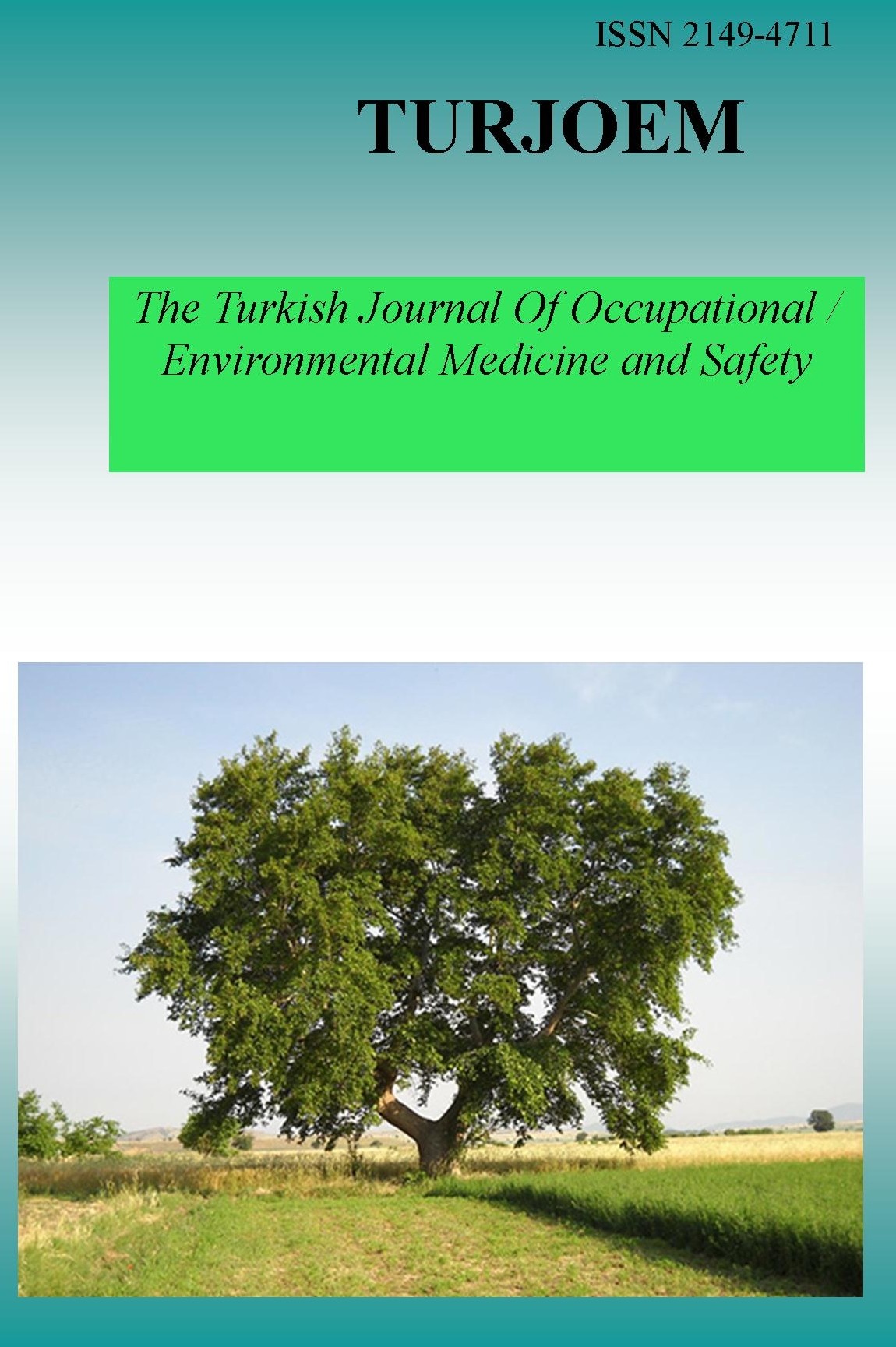DECOLORIZATION OF TOXIC DYES FROM AQUEOUS SOLUTIONS WITH CHITOSAN COMPOSITE BEADS
DECOLORIZATION OF TOXIC DYES FROM AQUEOUS SOLUTIONS WITH CHITOSAN COMPOSITE BEADS
___
- Seda ÇINAR, Tülin AYDEMIR, Ahmet ESER, Ayşe DINÇER
- Celal Bayar University, Faculty of Science and Arts, Chemistry Department 45140 MANISA
- ISSN: 2149-4711
- Başlangıç: 2015
- Yayıncı: Engin TUTKUN
THE RESTORATIVE EFFECT OF ASCORBIC ACID ON LIVER INJURY INDUCED BY ASYMMETRIC DIMETHYLARGININE
Ali OKUYUCU, Osman ŞALIŞ, Ömer ALICI, Abdullah GÜVENLİ, Yüksel TERZİ, Muhammed Emin KELEŞ, Fatih İLKAYA, İbrahim GÖREN, Hasan ALAÇAM
DECISION MAKING DIFFICULTIES IN FORENSIC TOXICOLOGY: AMISULPRIDE CASE
Aykut LALE, Mahmut Şerif YILDIRIM, Ramazan AKÇAN
SCHELEE’S GREEN: IT COULD BE A KILLER FOR NAPOLEON!
ESTIMATION OF THE MEASUREMENT UNCERTAINTY OF DIGOXIN
P. BARAN, C. BAL, S. TURHAN, O. ŞEN, O. EREL
ASSESSMENT OF ORGANIC PRODUCTS IN TERMS OF SAFETY
Esra ERIKEL, Deniz YÜZBAŞIOĞLU, Fatma ÜNAL
DETERMINATION OF REMAZOL BRILLANT BLUE R DYE WITH UV-VIS SPECTROSCOPY
Halis YURTSEVEN, Zeliha KAYAALTI
POSSIBLE EFECTS OF SMOKING at ENZYME and CHROMOSOME LEVEL
EXPRESSIONS OF APOPTOSIS-RELATED PROTEINS IN COLON CANCER CELLS AFTER HYP-INDUCED PHOTOTHERAPY
Aysun Kılıç SÜLOĞLU, Elif KARACAOĞLU, Güldeniz SELMANOĞLU, Çağatay KARAASLAN
